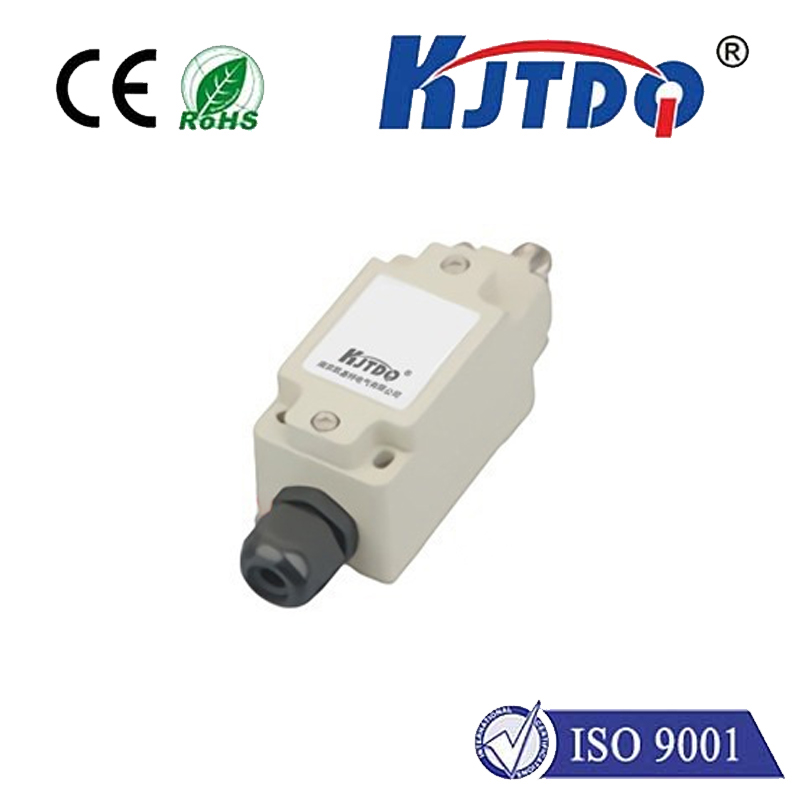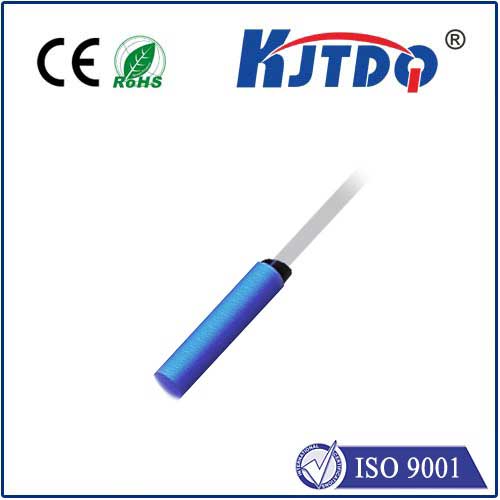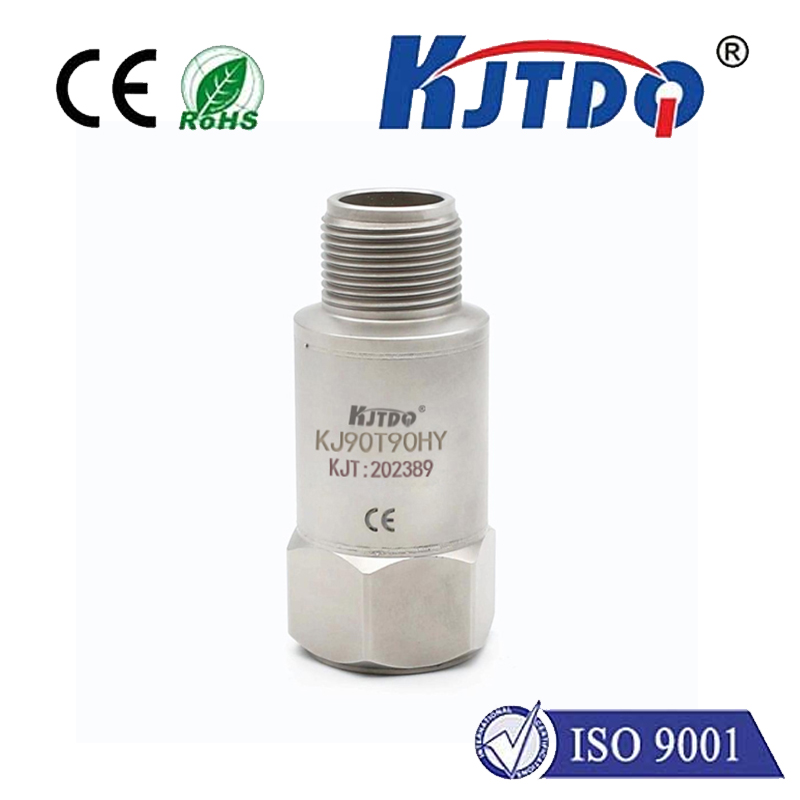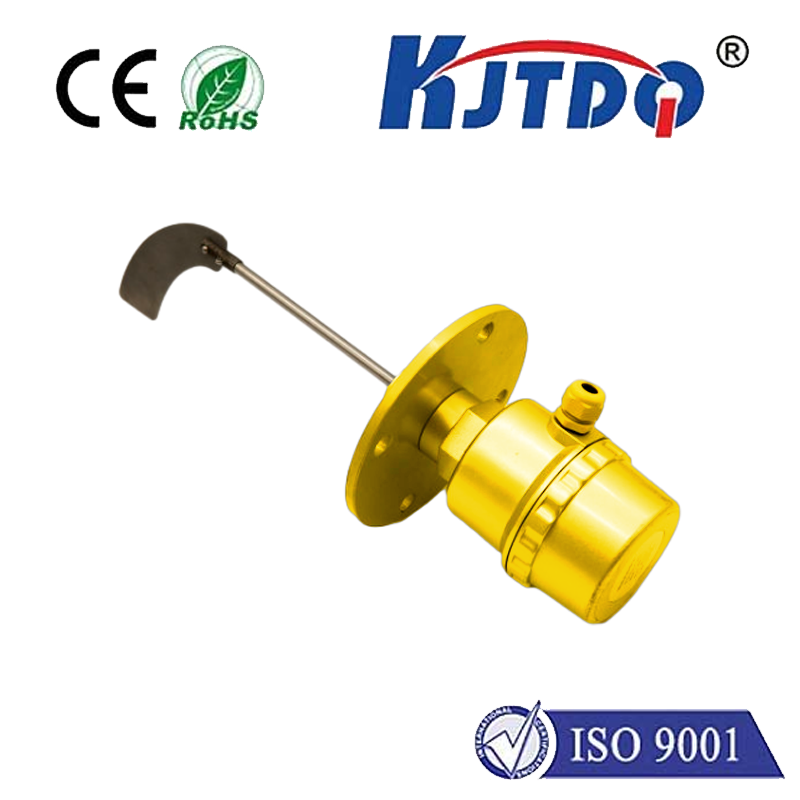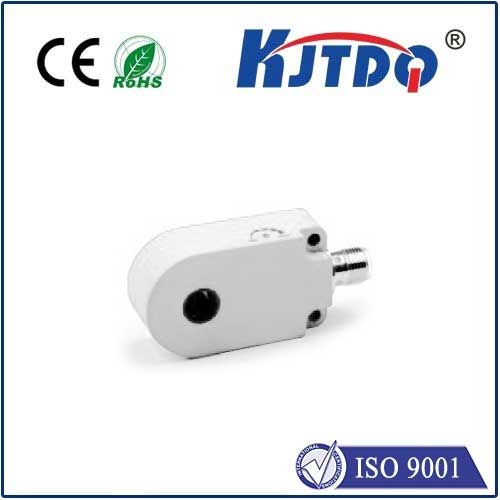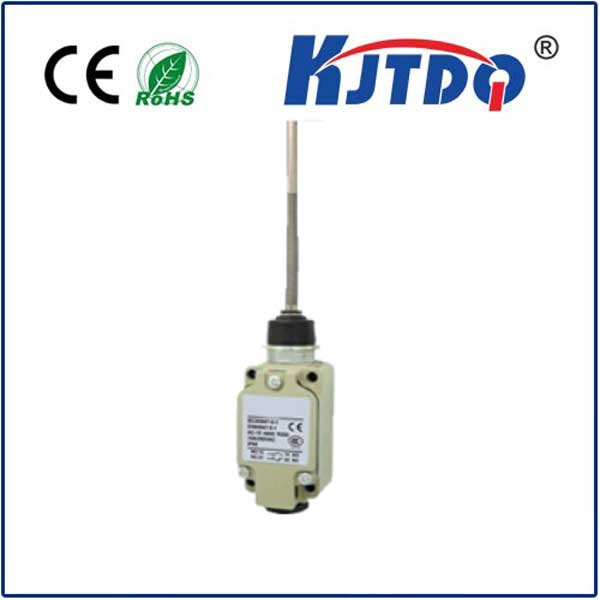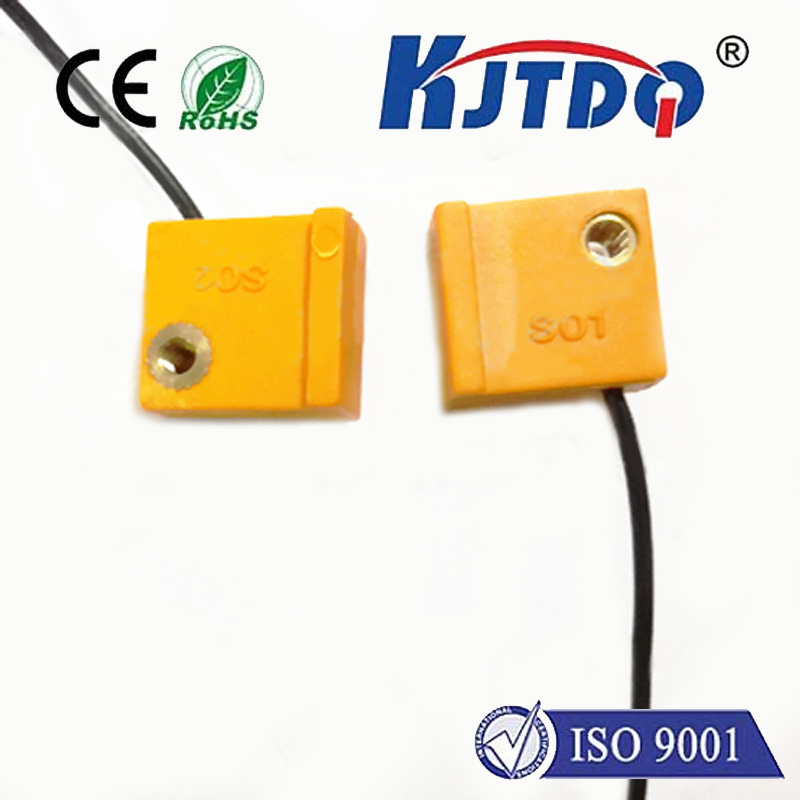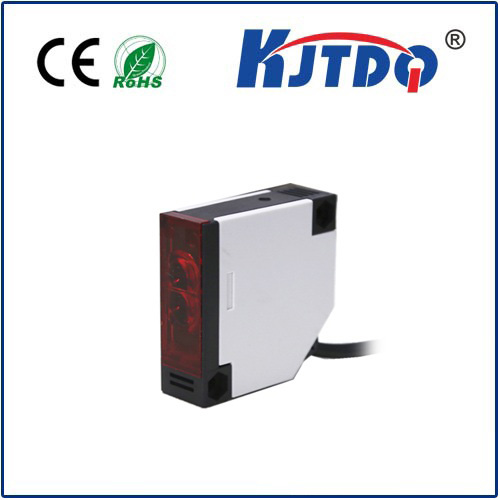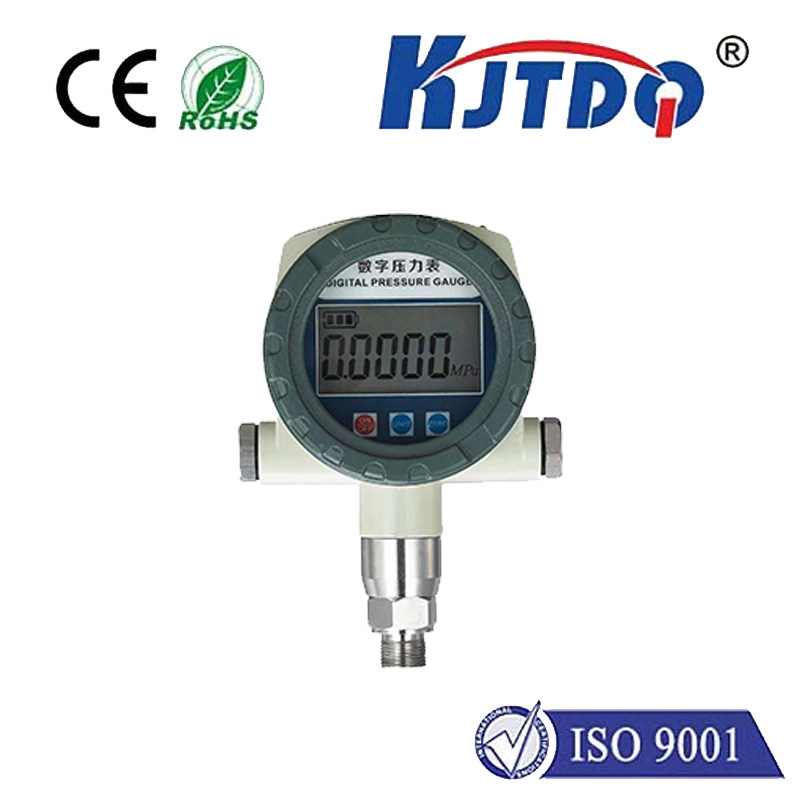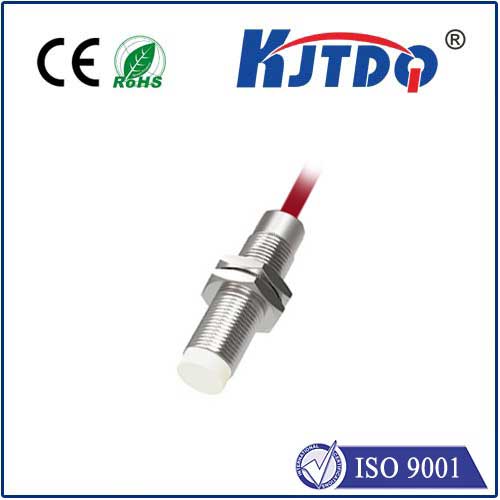
check

check

check

check
In recent years, inductive proximity sensors have gained significant popularity due to their numerous applications in various industries. These sensors use a simple yet effective mechanism to detect the presence or absence of objects, making them ideal for detecting obstacles, measuring distances, and controlling devices remotely. In this article, we will discuss the different types of inductive proximity sensors available in the market, their applications, and features that make them unique.
1. Magnetic Induction Sensors
Magnetic induction sensors are the most common type of inductive proximity sensors. They work by using a magnetic field to induce an electrical signal in the sensor when it comes into contact with an object. The electrical signal is then processed and converted into a distance measurement. Magnetic induction sensors are relatively inexpensive and have a low power consumption, making them suitable for a wide range of applications.
2. Microwave Induction Sensors
Microwave induction sensors operate on the principle that microwaves can be used to induce an electrical current in a metal conductor. When an object passes through the sensor's field, it causes a change in the electrical signal, which is then processed and converted into a distance measurement. Microwave induction sensors have a higher sensitivity compared to magnetic induction sensors but are more expensive.
3. Ultrasonic Induction Sensors
Ultrasonic induction sensors work by emitting high-frequency vibrations (ultrasound) into the air. These vibrations bounce off objects and return to the sensor, triggering an electrical signal. The signal is then processed and converted into a distance measurement. Ultrasonic induction sensors are highly accurate but require a clear path between the sensor and the object being detected.
4. Capacitive Induction Sensors
Capacitive induction sensors use capacitive coupling to detect the presence or absence of an object. When an object comes into contact with the sensor's surface, it causes a change in the capacitance value, which is then processed and converted into a distance measurement. Capacitive induction sensors are less affected by external interference than other types of inductive proximity sensors but have a lower accuracy.
5. Optical Induction Sensors
Optical induction sensors use light to detect the presence or absence of an object. These sensors emit light pulses that travel through the air and bounce off objects, returning to the sensor as reflected light. The reflected light is then processed and converted into a distance measurement. Optical induction sensors have high accuracy and are resistant to external interference but require a clear path between the sensor and the object being detected.
Conclusion
In conclusion, there are various types of inductive proximity sensors available in the market, each with its unique applications and features. Magnetic induction sensors are the most common type and are suitable for a wide range of applications due to their low power consumption and affordability. However, microwave induction sensors offer higher sensitivity, while ultrasonic and optical induction sensors offer better accuracy. Ultimately, selecting the right type of inductive proximity sensor depends on the specific requirements of your application.
